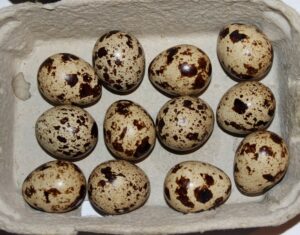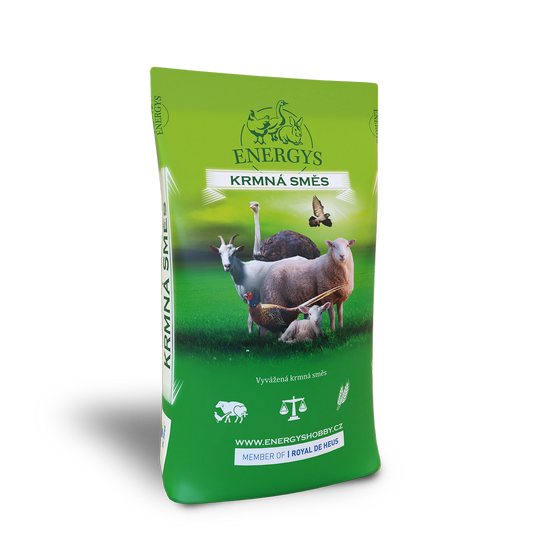Rabbits
Poultry
Laying hens
Quails
Guinea pigs
Pigs
Ostriches
Sheep and goats
Pigeons
Pheasants
Forest animals
Raising of quail
For non-traditional poultry species, there are very few manuals that address their rearing and fattening. We have therefore prepared basic information on quail rearing.
Carrier and broiler line of quails
You can read in the literature that japanese quails were domesticated in japan as early as the 14th century. However, the first quail farms were not established until six centuries later (especially in the 1950s), not only in the country of origin but also in america. Because the end product of the emerging commercial farms was both eggs and meat, the breeders’ efforts resulted in two lines – a layer and a broiler line.
The laying type quails weigh between 100 and 140 g (the cockerels are smaller) and lay up to 300 eggs weighing between 10 and 12 g. Broiler line quails weigh up to twice as much (240 g) and lay only 200 eggs, which are up to four grams heavier. Both lines reach sexual maturity at six weeks.
 Quail can also be kept in the city
Quail can also be kept in the city
Not only the earliness of japanese quail, but also their growth and reproduction ability, low feed consumption and low demand in terms of housing size is the reason why people in cities are also breeding them. With adequate nutrition (a special feed mixture with a higher protein content), temperature (optimum 18 °c) and light, eggs can be produced comfortably in domestic conditions, which, although about four times smaller than those of hens, have a high nutritional value.
Quail eggs
Quail’s eggs contain vitamins (a, d, e, b1, b2, b12), trace elements (magnesium, phosphorus, copper, calcium, iron), high-value proteins, essential amino acids, phosphatides (lecithin), carbohydrates and other specific biologically active substances that have a beneficial effect in the treatment of cardiovascular diseases, eczema, diabetes, asthma, digestive tract disorders and significantly strengthen the body’s immunity. They are an excellent dietary supplement for athletes, as well as children, the elderly and pregnant women. In the home kitchen they are especially popular for the preparation of cold bowls.
Related posts
12. January 2022
For non-traditional poultry species, there are very few manuals that address their rearing and fattening. We have therefore prepared basic information on quail rearing.
19. September 2018
Over the last decade, Japanese quail has become the poultry type with the greatest increase in its numbers in small farming operations. This may be due to the increasing popularity of quail eggs produced in limited spaces, fast development before the start of egg laying and relatively modest nutritional demands.
Related products

QUAIL GOLD
Ground mix for quails supports high laying rates. Feed from 7 weeks of age. For weaning and fattening we recommend our Quail Mini product. Does not contain coccidiostats.

QUAIL MINI
A fine ground complete feed mix for weaning and fattening quails up to 6 weeks of age. Its make up helps fast growth and correct development of the organism. It does not contain coccosidiostats. To support laying we recommend our product Quail Gold.
